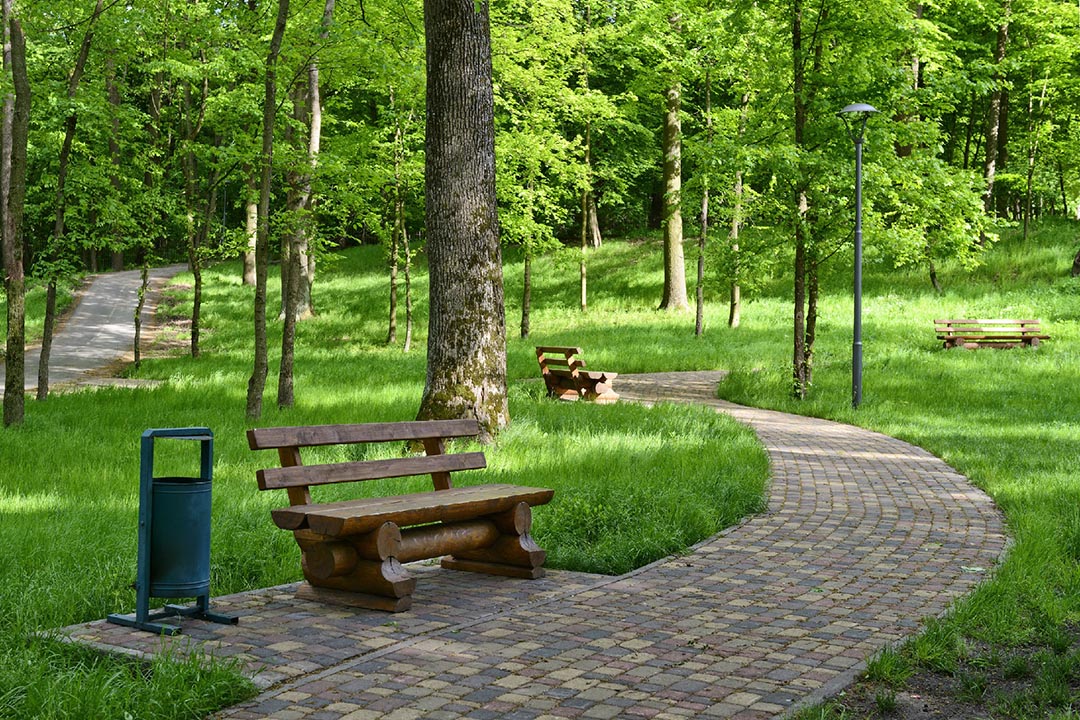As modern cities grow and expand into vast metropoles of metal and concrete, we lose our connection to nature. While there is certainly progress in terms of technology and growth, many cities are losing sight of what their citizens truly need. In order to foster healthy urban living, cities need to reconnect and coexist with nature.
Biophilic Design
There’s no doubt that nature is good for our health and wellbeing. Biophilia encompasses the benefits of human-nature interaction. Biophilic design fuses design with natural elements with the goal of improving human wellness and connection to nature. Water, trees, plants, and natural light are all real forms of nature that biophilic design incorporates into architecture. Whether consciously or unconsciously, people are distancing themselves from nature; biophilic design is a simple and elegant solution to help us to coexist with nature in our own spaces.
Urban Biodiversity
While biophilic design benefits individual homes and buildings, urban biodiversity benefits the city as a whole. Urban biodiversity considers which kinds of plants and wildlife can flourish in man-made environments. Human activity disturbs natural environments, but that doesn’t mean that plants and wildlife can’t thrive in cities. Urban ecosystems exist in many spaces, from large areas like parks to a single backyard. Understanding species’ traits is a necessary part of the equation when it comes to planning a biodiverse city. Plants that are native to the area will naturally thrive better than exotic plants. These native plants will also support native pollinators such as bees and butterflies. Creating spaces for nature within the city benefits both the people and the planet.
Space for Wildlife
When we build a city, we displace the plants and animals that lived there before us. It’s important to keep and create space for wildlife in our cities in order to restore balance and encourage biodiversity. Consider the impact cities have on the local wildlife: birds frequently collide into windows, bee populations are declining, and animals die on roads because there are no natural bridges for them to travel between natural areas. Cities need to focus on habitat-sensitive development to include wildlife in city planning.
It’s time to bridge the gap between urban development and nature. Who’s ready to get started?
At CREED LA our mission is to ensure that the construction industry in Los Angeles has a highly trained and professionalized workforce that supports projects that have positive impacts for the community and the environment. Contact us online or by calling 877-810-7473.

